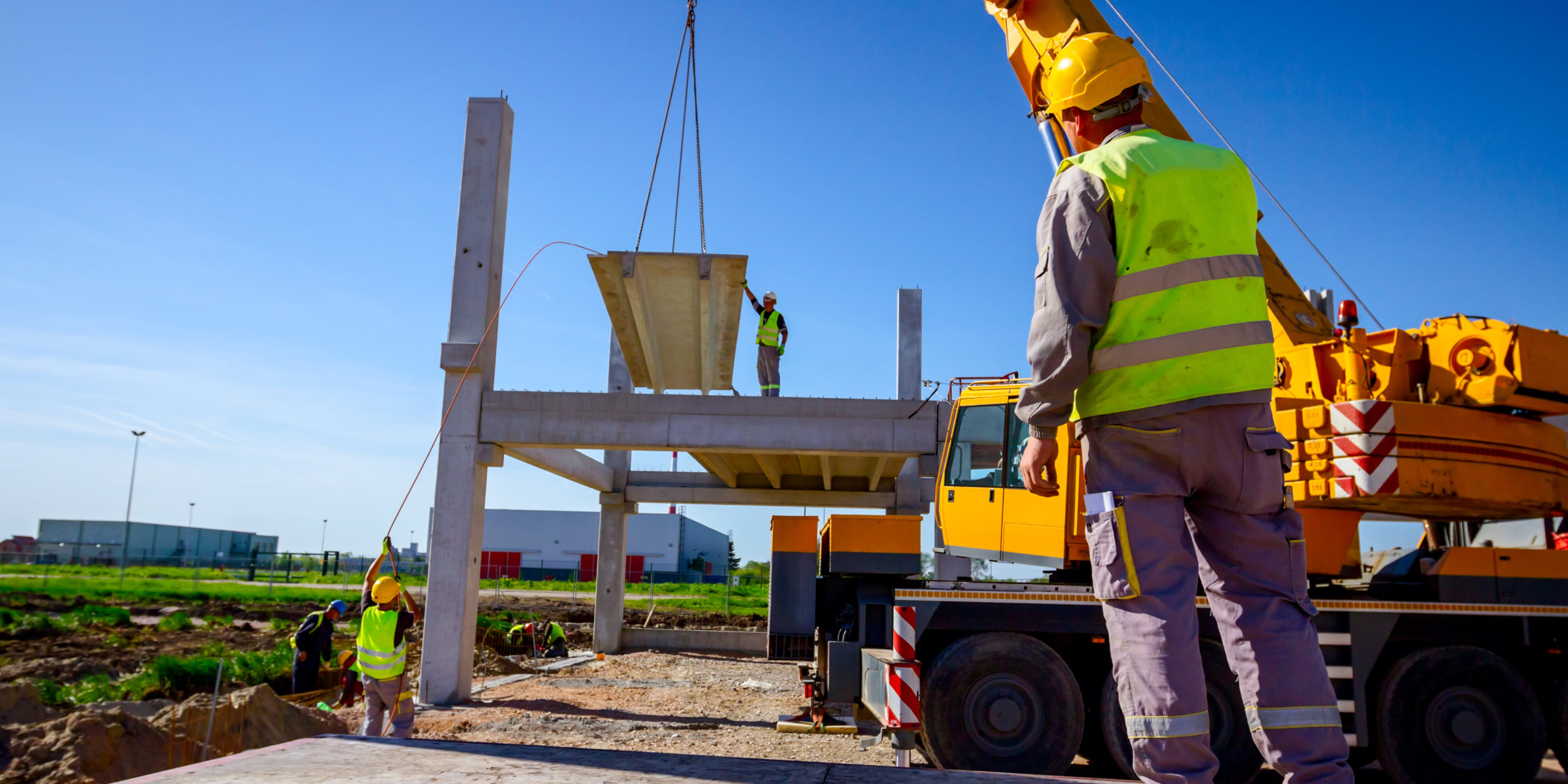The important role of interaction analytics technology in claims: how is it impacting the customer experience?
26th August 2021

Call monitoring is essential. It helps us shape business processes that can be improved, identify fraudulent claims, spot call agents who require more training and deliver a much better overall customer experience. But despite the reaping benefits, monitoring calls can be very time-consuming and expensive without effective technology to support the quality assurance team.
We saw a need for a tool that takes away manual processes and allows our quality team to focus on making the improvements highlighted by the quality monitoring – and introduced interaction analytics. It analyses audio and text interactions based on a set of defined parameters such as the language used or a specific section of an interaction.
Interaction analytics technology identifies silent & hold times, vulnerable customers, suspicious interactions that could stem from a fraudulent claim as well as customer interactions that have complaints language in them. It brings valuable insights into how we interact with our customers and can highlight frequent frustrations from both the customer and the agent point of view, enabling us to improve processes, training, or develop more tailored coaching to improve customers’ experience through their claims journey.
We’ve helped one of our insurer clients identify £1.6m worth of potential fraudulent claims with interaction analytics, and we’ve helped another recognise that 60% of calls into their contact centre were unnecessary.
Speech analytics has become prevalent in businesses now because of its ability to automate up to 100% of quality assurance (QA) checks. With automated QA, all calls are scored. Each component, such as Call Open, Identify and verification, Call Close, are scored individually, providing a more accurate representation of each call handler’s performance.
Analytics platforms ‘out of the box’ are generic and one dimensional. We have created more nuanced language packs within our system, considering different terminology and the range of different ways and phrases that people use when they speak. We have carried out detailed testing of these language packs to make sure everything is working as it should.
It ensures that what is being picked up and scored by the system is as precise as possible. To test and monitor the system on an ongoing basis ensures that everything is working as it should and helps us update the language packs and add in previously undetected language when necessary.
Our Team Leaders see a simple dashboard to review scores and performance. This dashboard shows all the components within a call to understand where attention is needed to improve a good score into a great score – ultimately translating into a better customer experience.
Interaction analytics plays an essential role across our claims operations, but the tech isn’t exclusive to Davies.
To explore how we may be able to help your business, please contact Senior Consultant, Adam Payne at adam.payne@davies-group.com.
Related Articles
-
- Article
- Claims Solutions
- Legal Solutions
Building safety - the overhaul continues
The overhaul continues This article was first published in CIR Magazine.…
-
- Article
- Claims Solutions
Qualified one-way costs shifting introduced for personal injury actions in Scotland: How will it impact litigation?
Since the introduction of qualified one-way costs shifting (QOCS) for personal…
-
- Article
- Claims Solutions
Delays to deliveries of building materials & labour issues: How can insurers minimise the impact on claims lifecycles and costs?
The procurement of building materials has been a concern since the…
-
- Article
- Claims Solutions
- Legal Solutions
- Technology
Meet Kuarterback! One of our latest innovations in a line of automated claims solutions that is helping us deliver a more consistent and resilient claims service
There are typically around 500,000 personal injury claims initiated in the…



